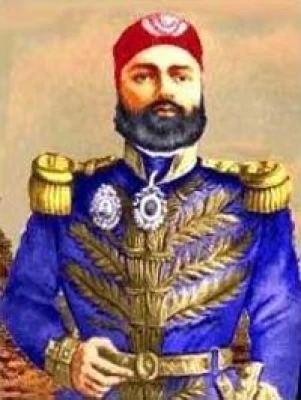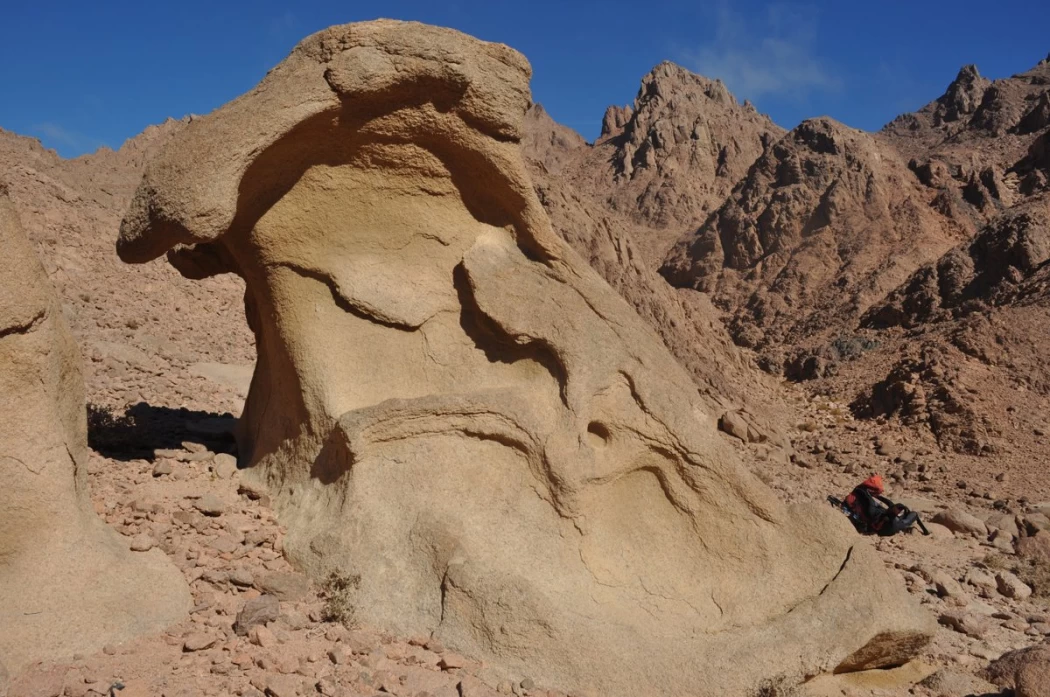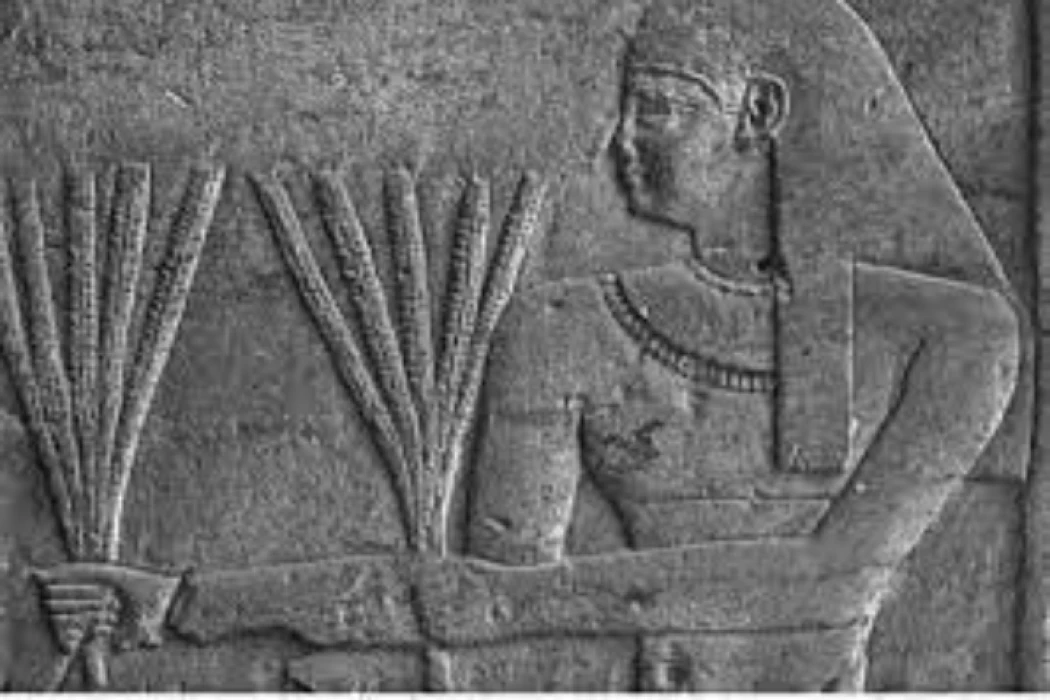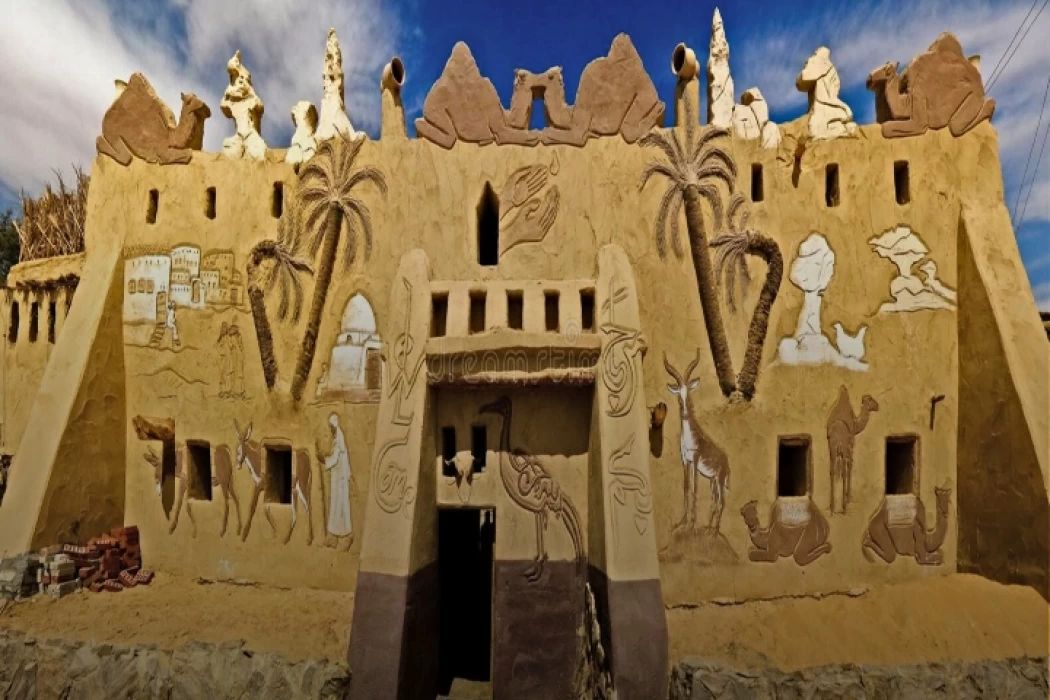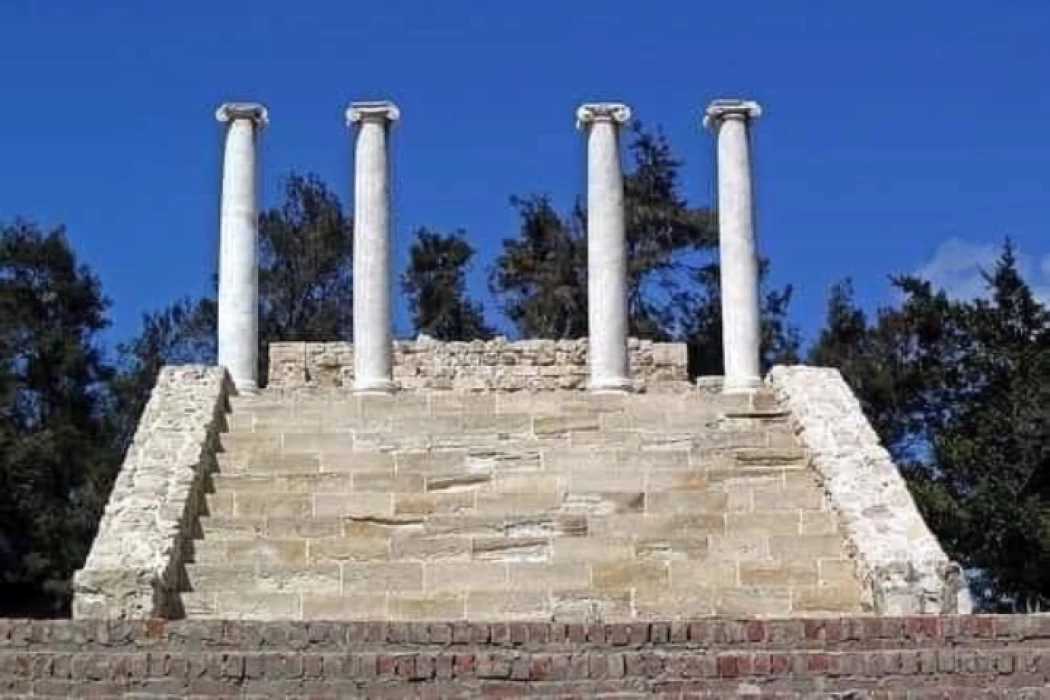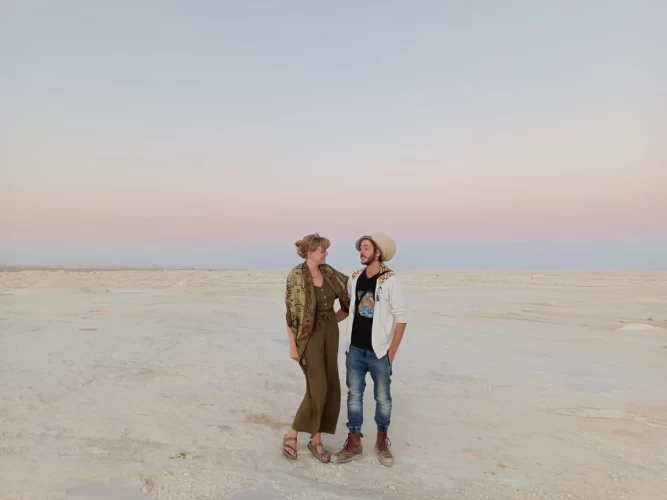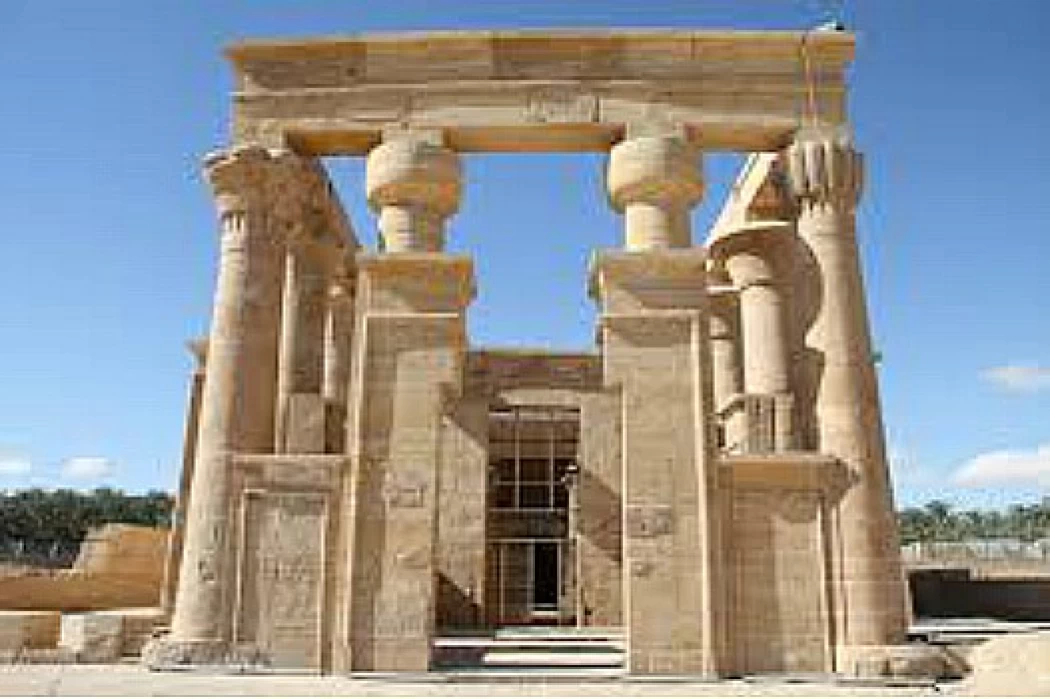
The Temple of Hibis
The temple of Hebes is one of the most important Egyptian temples and tourist attractions in the Arab Republic of Egypt, specifically in the New Valley governorate, about one kilometer north of the city of Kharga.
Importance of the temple
The importance of this temple lies in the fact that it represents the various historical eras pharaonic, Persian, Ptolemaic and Roman, and it is also considered one of the most important Egyptian temples, as it is the only Egyptian temple remaining from the Persian Safavid era and was built to worship the Holy Trinity (Amun - MUT-Khonsu).
History of the temple
Temple of hebes - one of the most important sights of the city of Kharga
In the later eras of the Persian era, many additions were made to the temple until its elements were completed, and this was in the period between 390 BC to 69 AD. The interest of travelers and scholars in the temple began in the first half of the nineteenth century, like the rest of the Egyptian antiquities, and in the Forties of the twentieth century, the Egyptian antiquities department restored the temple and strengthened the collapsible elements of it, rebuilt and installed some stones that were found falling from the temple on the ground, and in the Fifties and until the beginning of the seventies, the antiquities department conducted many restoration works in the temple, including filling cracks, cracks and the walls and parts of the walls and ceilings are especially at the back of the temple.
Description of the temple
The purpose of this was to raise the temple above all but the buildings and dwellings of the ancient city that surrounded it, thus making it easier for the viewer to realize its importance as a holy place and a center for worshiping the deity. The temple begins from the East with a port that was erected on the edge of the holy lake, which was the temple, then the Roman gate, which bears a Greek inscription from the reign of the emperor (jalba) in 69 AD, the Baltim gate, followed by the Persian Gate of King Dara OL,
The temple is similar in its layout to the layout of the Egyptian temple in the modern Egyptian kingdom (edifice, open courtyard, colonnade, and then the Holy of Holies), which is the layout continued by the Egyptian temples that originated in the Ptolemaic and Roman eras. Around the temple there are remains of sandstone that used to surround the temple from three sides, north, south and West, demolished, leaving only a few high parts of it, where it formed with the walls of the temple a corridor that goes around the body of the temple and its relatively high stone floor supports foundations from the outside and in the southwestern corner of the temple from the outside there is the building of the birth House (mamizi), a small building separate from the southwestern Temple of the colonnade lobby.
Latest Articles
Admin
Regin of Abbas I of Egypt | Abbas Pasha I
Abbas has been often described as a mere voluptuary, but Nubar Pasha spoke of him as a true gentleman of the "old school". He was seen as reactionary, morose and taciturn, and spent nearly all his time in his palace. He undid, as far as lay in his power, the works of his grandfather, both good and bad.
Admin
Story of Gabal Shayeb Al Banat - Red Sea Mountain
Jabal shayb al-banat is one of the Red Sea Mountains in the eastern desert in Egypt, located to the west of the city of Hurghada at a latitude of 27 degrees north and a longitude of 33.5 degrees east of the Greenwich line approximately, this mountain is the highest mountain peak in the eastern desert with a height of up to 2185 meters, it is a prominent mass of igneous rocks
Admin
Neper God Of Grain
Neper was the deity of grains, particularly cereals that were important in Ancient Egypt, such as wheat and barley. It was stated that he foretold when the crops would grow, be harvested, and disappear.
Admin
Badr Museum in Farafra
The Badr Museum is located in a mud building, which is the common home found in this medieval part of Egypt. All of the artwork that was created by the artist is quite unique. His work almost always depicts life in the Farafra Oasis and he provides the work through both painting and sculpting.
Admin
The Black Head Temple
The Black Head Temple is a small temple dedicated to the worship of the goddess Isis and was discovered in 1936, by chance, in the Black Head area, which is now located within the Mandara area of the Montazah district in Alexandria. This temple was moved from its original place to the Latin Necropolis in 1994.
Admin
The Queen Tetisheri
Tetisheri was the mother of Seqenenre Tao, Queen Ahhotep I, and possibly Kamose. For sure, she was the mother of Satdjehuty/Satibu, as attested on the rishi coffin of the latter. At Abydos, her grandson King Ahmose I erected a Stela of Queen Tetisheri to announce the construction of a pyramid and a "house" for Tetisheri.
